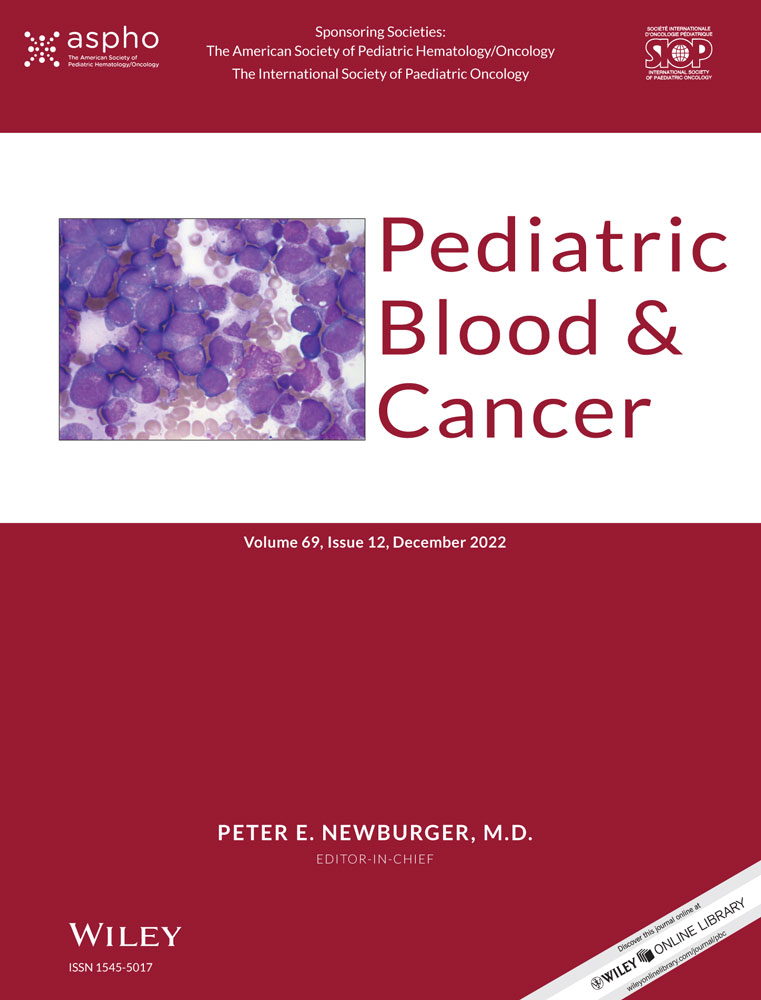Failure modes and effects analysis of pediatric I-131 MIBG therapy: Program design and potential pitfalls
This work has been previously published as a meeting abstract: “Embracing Inpatient Radiopharmaceutical Therapies in Radiation Oncology: An Example With Commissioning Pediatric I-131 MIBG Therapy,” ASTRO 2021 Annual Meeting, October 2021, https://www.redjournal.org/article/S0360-3016(21)02303-8/fulltext
Abstract
Background
There is growing interest among pediatric institutions for implementing iodine-131 (I-131) meta-iodobenzylguanidine (MIBG) therapy for treating children with high-risk neuroblastoma. Due to regulations on the medical use of radioactive material (RAM), and the complexity and safety risks associated with the procedure, a multidisciplinary team involving radiation therapy/safety experts is required. Here, we describe methods for implementing pediatric I-131 MIBG therapy and evaluate our program's robustness via failure modes and effects analysis (FMEA).
Methods
We formed a multidisciplinary team, involving pediatric oncology, radiation oncology, and radiation safety staff. To evaluate the robustness of the therapy workflow and quantitatively assess potential safety risks, an FMEA was performed. Failure modes were scored (1–10) for their risk of occurrence (O), severity (S), and being undetected (D). Risk priority number (RPN) was calculated from a product of these scores and used to identify high-risk failure modes.
Results
A total of 176 failure modes were identified and scored. The majority (94%) of failure modes scored low (RPN <100). The highest risk failure modes were related to training and to drug-infusion procedures, with the highest S scores being (a) caregivers did not understand radiation safety training (O = 5.5, S = 7, D = 5.5, RPN = 212); (b) infusion training of staff was inadequate (O = 5, S = 8, D = 5, RPN = 200); and (c) air in intravenous lines/not monitoring for air in lines (O = 4.5, S = 8, D = 5, RPN = 180).
Conclusion
Through use of FMEA methodology, we successfully identified multiple potential points of failure that have allowed us to proactively mitigate risks when implementing a pediatric MIBG program.
CONFLICT OF INTEREST
This work was not supported by any grants. The authors have no conflicts of interest to disclose.
Open Research
DATA AVAILABILITY STATEMENT
The data that support the findings of this study are available from the corresponding author upon reasonable request.




